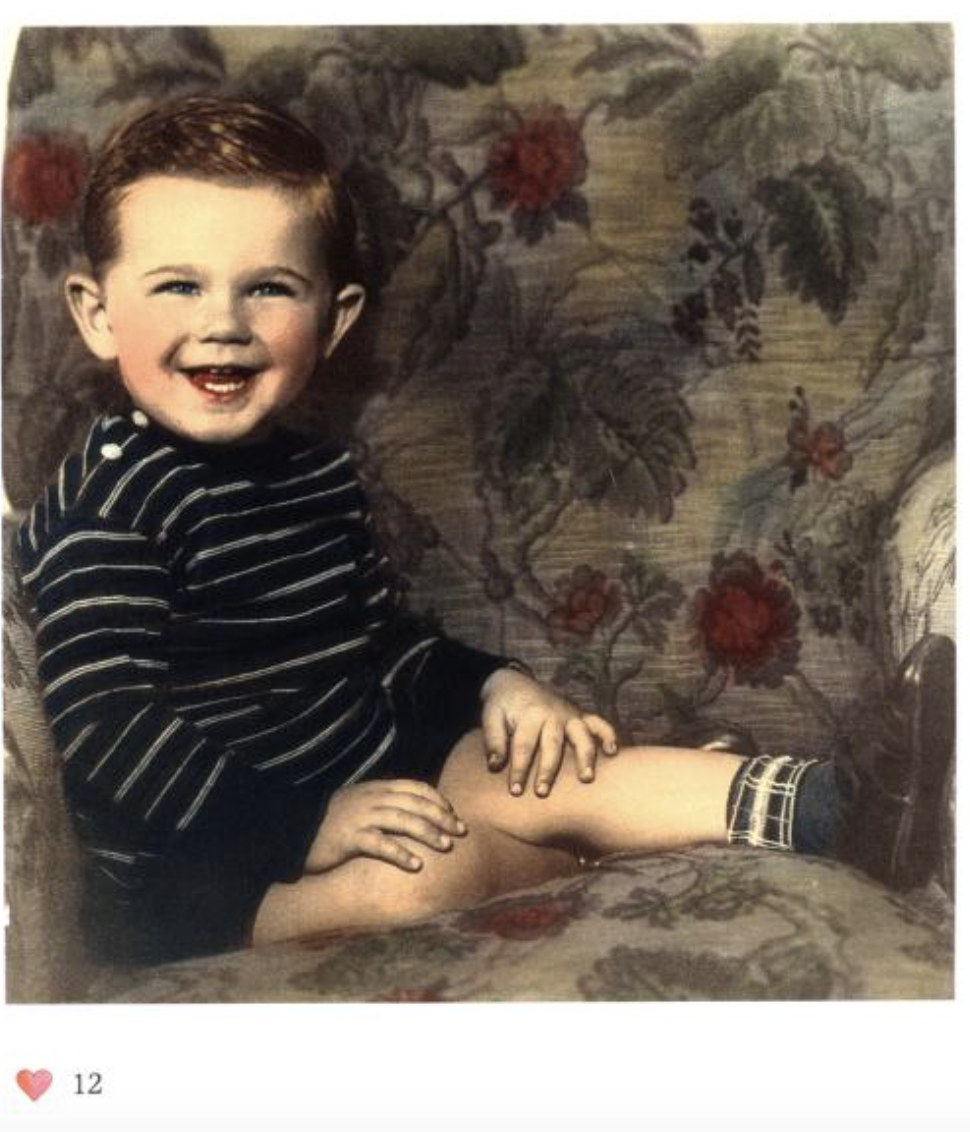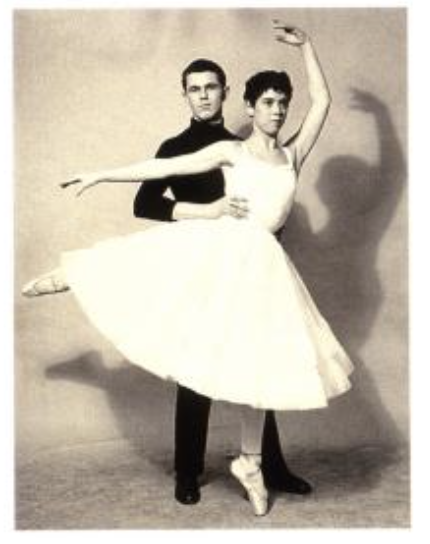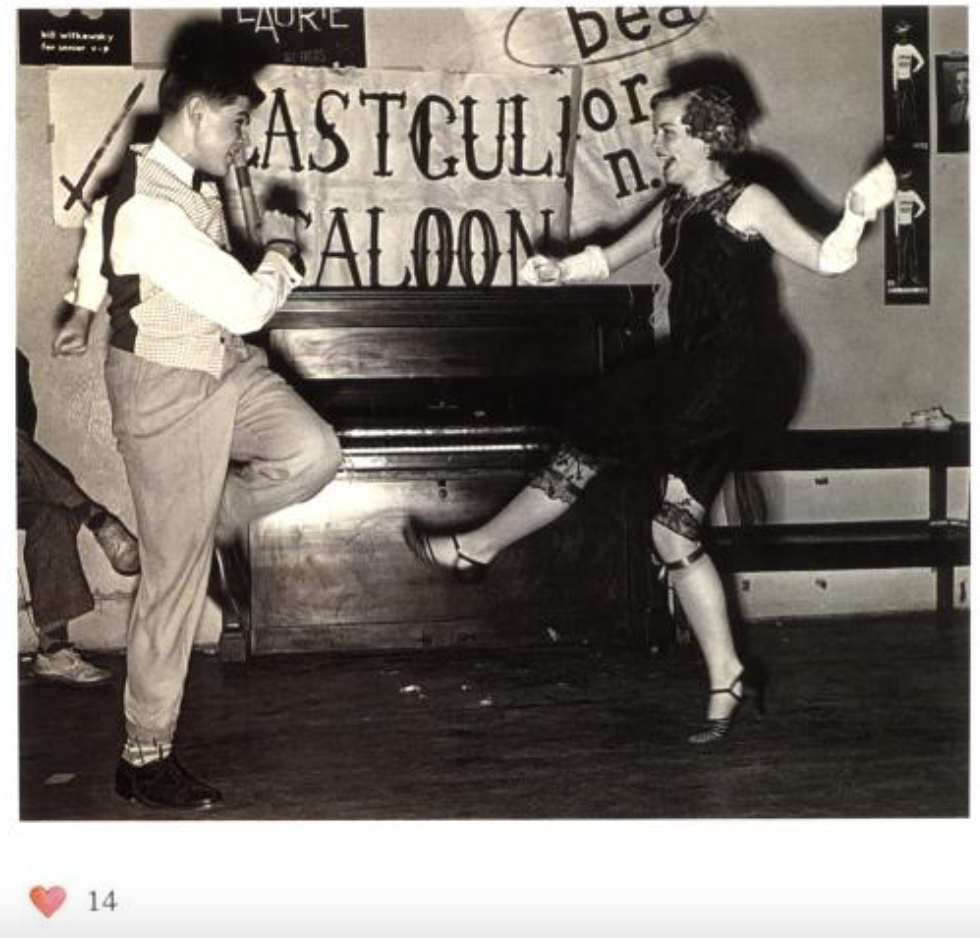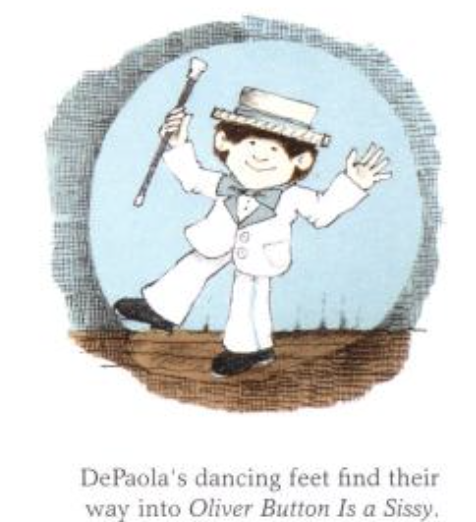
Image Credit: Tomie dePaola on Amazon
Illustration from The Worlds of Tomie dePaola
Image Credit: Tomie dePaola on Amazon
Illustration from The Worlds of Tomie dePaola

Image Credit: Tomie dePaola on Amazon
Illustration from The Worlds of Tomie dePaola

“On March 30, 2020, the hand that gave life to the affable Strega Nona, that infused humor into a book about quicksand, and that brought life to a both poignant and funny childhood incident in Tom laid down its brush for the last time Tomie dePaola, sadly, died suddenly following surgery at Dartmouth Hitchcock Medical Center near his home in New London, New Hampshire.
“Illustrator, artist, author, storyteller. Tomie dePaola intrigued me during my years as a school librarian, as a reviewer and children’s book editor at Booklist, as editor in chif of Book Links for the American Library Association, and in retirement as an active volunteer at the Eric Carle Museum of Picture Book Art.
“Throught those early years, when an astonishing number of picture books came to my desk for review, Tomie’s engrossinng stories and accompanying art always struck me as special. His line work, color palettes, and character placements, which added vibrancey to his work, especially challenged me to explore his thought processes and picture book techniques. The result, Tomie dePaola: His Art and His Stories, was published in 1999.
“Then a couple of years ago, at the nudging of my (and Tomie’s) literary agent, Doug Whiteman, I decided to revisit Tomie’s career. I read and studied his titles that had stood the test of time, and explored new books that seemingly burst from his ever-creative mind. They offered children–and all readers–imaginative stories filled with distinctive illustrations.
“For The Worlds of Tomie dePaola: The Art and Stories of the Legendary Artist and Author, as I traced tidbits from our friendship, my understanding of Tomie’s innate ability to produce picture books that children love increased. It would be hard to imagine, I mused, the world of children’s books without Strega Nona, The Art Lesson, ‘Charlie Needs a Cloak,’ or The Clown of God. … Elleman, pg. 1
“Born in the same year, we both grew up during the Depression and World War II…
“As we talked, it became obvious that Tomie had a remarkablle ability to reach back into his childhood years with claritym empathym aan an innate understanding of the time. His detail of memory far exceeded mine, and I happily let him entertain me with stories about the up-and-down relationships of grandparents, aunts, uncles, siblings, and cousins who relished one another’s foibles and fancies, Thinking back, I hear Tomie’s voice and the sound of his ready laughter. I feel the poignancy as he tells the story of his grandmother’s death in Nana Upstains & Nana Downstairs or describes the moment he larne about Pearl Harbor ins Here We All Are, from his 26 Fairmount Avenue series. …
“During the years of research for my earlier book, I made several trips to Tomie’s home in New Lonon, where he generousoy opened his files, book arhives, personal library, and art collection to my scrutiny. … our conversations often centered on the art of the picture [Elleman, pg. 2] book. Over time we discussed, dissected, and sometimes squabbled over narrative flow, the constriction of the gutter, the art of the gap, and the turn of the page. Tomie had definite ideas, as did I, about what makes a picture book work–and neither of us minced words when defining them.
“One day our talks turned to religion. He suggested that instead of discussion, I look at a couple of his picture books. I chose The Clown of God and then paged through Francis, the Poor Man of Assissi, where his choice of color often gives sign to his feelings. However, in Days of the Blackbird his placement and movement of the characters, especially the birds, best echo Tomie’s deep connections to his faith.” Elleman, pgs. 2-3.
![]()
[from Trina Schart Hyman – Author-Illustrator of several retellings of fairy tales – Jacki’s Note:
Little Red Riding Hood Illustrated and Redtold by Trina Schart Hyman
“Once upon a time in the 1970s…I decided to do an illustration in the style of Tomie dePaola. A clever forgery was actually what I was after, and I clearly remember thinking that it would take ten to twenty minutes of my time, tops….I was sure I could knock of a ‘Tomie’ drawing as easy as pie….
“Six hours later, sweaty, frusrated. and thoroughly frustrated, I tore up the thirty-eighth ruined piece of paper in despair. .. I could not imitate Tomie’s way ot drawing. That seemingly formulair style, with a simple line, its folksy composition, and its childlike color, was a lot more complex and sophisticated than I hadbargained for–and almost impossible to duplicate in spirit.
“…I was looking at the surface of things and making the wrong assumption. I’d forgotten about the old standard myth that also happens to be true: the artist always draws or paints him-or herself, no matter what the subject and no matter what or how the approach. We illustrators create and re-create ourselves over and over–not just in the ways our unwitting pens and brushes draw sets of features that look much more like ourselves than, say, the enchanted frog, but the very atmosphere, tone, and approach we lay down for a story. You can tell a lot about an illustrator’s spirit and persomal stuff from his or her illustrations.
“Tomie’s illlustrations are just like Tomie: They look easy but they’re not. He’s a puzzle and an enigma. He’s also a lot of fun and har to ignore. I’ve been Tomie’s frien for almost twenty-five yearsm and I am still not sure who he is.” [Hyman in Elleman, pg. 4]


Image Credit: Tomie dePaola on Amazon
Illustration from The Worlds of Tomie dePaola
[Excerpts from the Book]

Image Credit: Tomie dePaola on Amazon
Photo from The Worlds of Tomie dePaola

Tomie dePaola’s Italian Grandparents: the dePaolas
Image Credit: Tomie dePaola on Amazon
Photo from The Worlds of Tomie dePaola

Tomie dePaola’s Irish Grandparents: the Downeys
Image Credit: Tomie dePaola on Amazon
Photo from The Worlds of Tomie dePaola
Did Tomie dePaola Feel Like an Outsider?
“As a young boy dePaola often felt overshadowed by his older brother, Joe. Buddy, as Joe was called, was born four years earlier and had, according to dePaola, completely won the hearts of the entire dePaola and Downey families.” Elleman, pg. 11 …

Tomie, his two younger sisters, his older brother Joe and his mother and dad
Image Credit: Tomie dePaola on Amazon
Photo from The Worlds of Tomie dePaola
Image Credit: Tomie dePaola on Amazon
Photo from Tomie dePaola: His Art and Stories & The Worlds of Tomie dePaola
‘When dePaola was a toddler, his mother read to him, and his family encouraged his early artistic attempts. He once recalled the excitement of getting a box of Crayola [pg. 11] crayons that contained one the color of his skin. ‘With one stroke I could accomplish what none of the other forty-seven colors combined allowed me to do: fill in a human face and make it look like me.’
{Source: Something about the Author Autobiography Series, 15:92]
And he joyfully remembered his ninth Christmas, when all his presents were art supplies–the greatest pleasure being an easel. As his mother once said ‘He took to reading at a very young age, and he always had a pencil in his hand. I remember him coming home from kindergarten ine day and telling me he was going to draw pictures for books, dance and sing on stage, and paint all the scenery. [Source: Southern Vermont Valley News, October 24, 1980.]
“DePaola’s early interest in art was in fact, equaled by his love of theater. When his father built him a sandbox, he turne it over and used it as a stage. Puppet shows and backyard ‘extravaganzas’ wer performe over the years, and his tap-dancing lessons, which started at age five, continued until he entered art school in 1952. He and his friend Carol Morrissey danced their way through numerous local benefits and shows, even performing once in New York City. Years later, at dePaola’s sixtieth birthday party (shared with four hundred of his ‘closest friends’), Morrissey and dePaola re-created their ‘Once in Love with Amy’ routine, to the delight of all the partygoers. The dancers never missed a beat!” Elleman, pg. 13.

Image Credit: Tomie dePaola on Amazon
Image from The Worlds of Tomie dePaola
“Mrs. Beulah Bowers, an early art teacher who features in dePaola’s book The Art Lesson, was more understanding of dePaola’s artistic temperament; she supported his early endeavors, and the two became fast friends In fourth grade, confident of his talent, dePaola sent a drawing to Walt Disney and was thrilled, but no surprised to receive an answer. …
“High school, dePaola remembered, was ‘full and wonderful.’ … Not surprisingly, Art Club and Props and Paints (the drama club) took much of his time, and his dancing talents earne him the title of resident choreographer for the annual variety shows and Christmas programs. To everyone’s delightm he usually turned up on the stage as well.”Elleman, pg. 14. ..

Tomie dePaola as His Sister’s Partner for a Ballet Performance
.Image Credit: Tomie dePaola on Amazon
Photo from The Worlds of Tomie dePaola Image Credit: Tomie dePaola His Art & Stories on Amazon
Image Credit: Tomie dePaola His Art & Stories on Amazon
Tomie dePaola – Dancing with a Fellow Art Student at a Pratt Event
Image Credit: Tomie dePaola on Amazon
Photo from The Worlds of Tomie dePaola

…

Image Credit: Tomie dePaola on Amazon
Photo from The Worlds of Tomie dePaola
“DePaola’s spirituality ran deep throughout his life, as evidenced by this delicate figure of Mary that graces on of the wall niches in his studio.” Elleman, pg. 18
[DePaola and the Catholic Church]
“DePaola’s interest in fresco derived from his growing pasion for contemporary liturgical art, which, in turn, had such an impact on his life and thoughts that in his junior year at Pratt he considered leaving art shool to join the monastery.’ Elleman, pg. 17…
“…in 1956, he made a commitment to a priory in Vermont. [*Note 18] He stayed for six months, left, returned, and left again, ‘I was meant to be an illustrator and writer of children’s books, which was clear to me as a chil, and seems clear now….I was living in Vermont, all the publishers were in New York, and in those days editors and art directors wanted people who were close at hand.’
“He hadn’t stopped drawing, however. He designed Christmas cards for the Katherine Crockett Company in Vermont, produced items for a craftmen’s guil, worked in summer theater as a set designer, and even performed in several plays. An neither had he forsaken his interest in liturgical art. For the next years his artistic endeavors revolved around creating murals and church vestments….Traces of his religious art training can be found in the background of books suchas Francis the Poor Man of Assissi; The Lay of Guadalupe; The Parables of Jesus; and The Clown of God.” Elleman, pg. 18. ….
“Brought up Catholic, dePaola had found early delight in the church’s mysteries, liturgies of worship, and stories of saint. .. As an adult he had grown from away from the church. Although, he said, spiritualit had always been a driving force in his life.” Elleman, pg. 18 More about dePaola’s Religious Themes in Chapter 5
Tomie dePaola and Christmas
Chapter 2: Autobiographical Tales
Chapter 3: Strega Nona
Chapter 4: Folk Tales
Chapter 5: Religioius and Spiritual Themes
Chapter 6: Christmas Stories
Chapter 7: Mother Goose and Other Collections
Chapter 8: Informational Books
Chapter 10: Publishing History
Chapter 11: Creating the Book
Chapter 12: DePaola’s Non-Book Art
.
Image Credit: Tomie dePaola on Amazon
Illustration from The Worlds of Tomie dePaola
Image Credit: Tomie dePaola on Amazon
Illustration from The Worlds of Tomie dePaola
Discover more from Jacki Kellum
Subscribe to get the latest posts sent to your email.